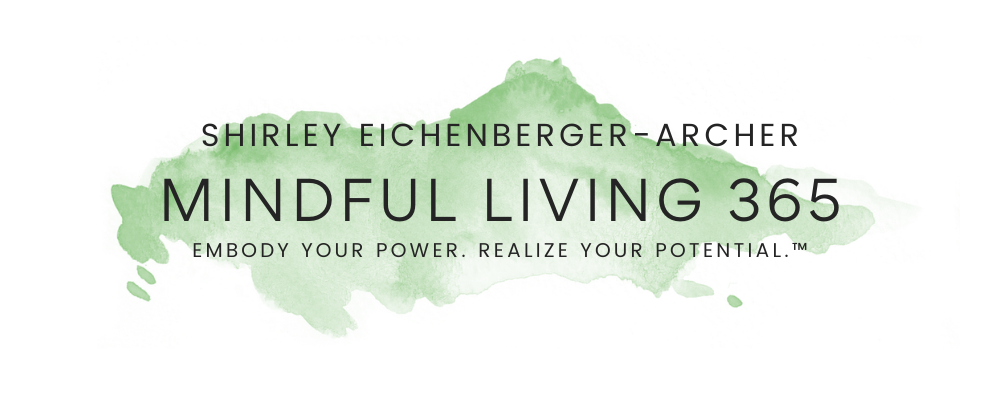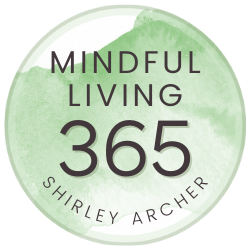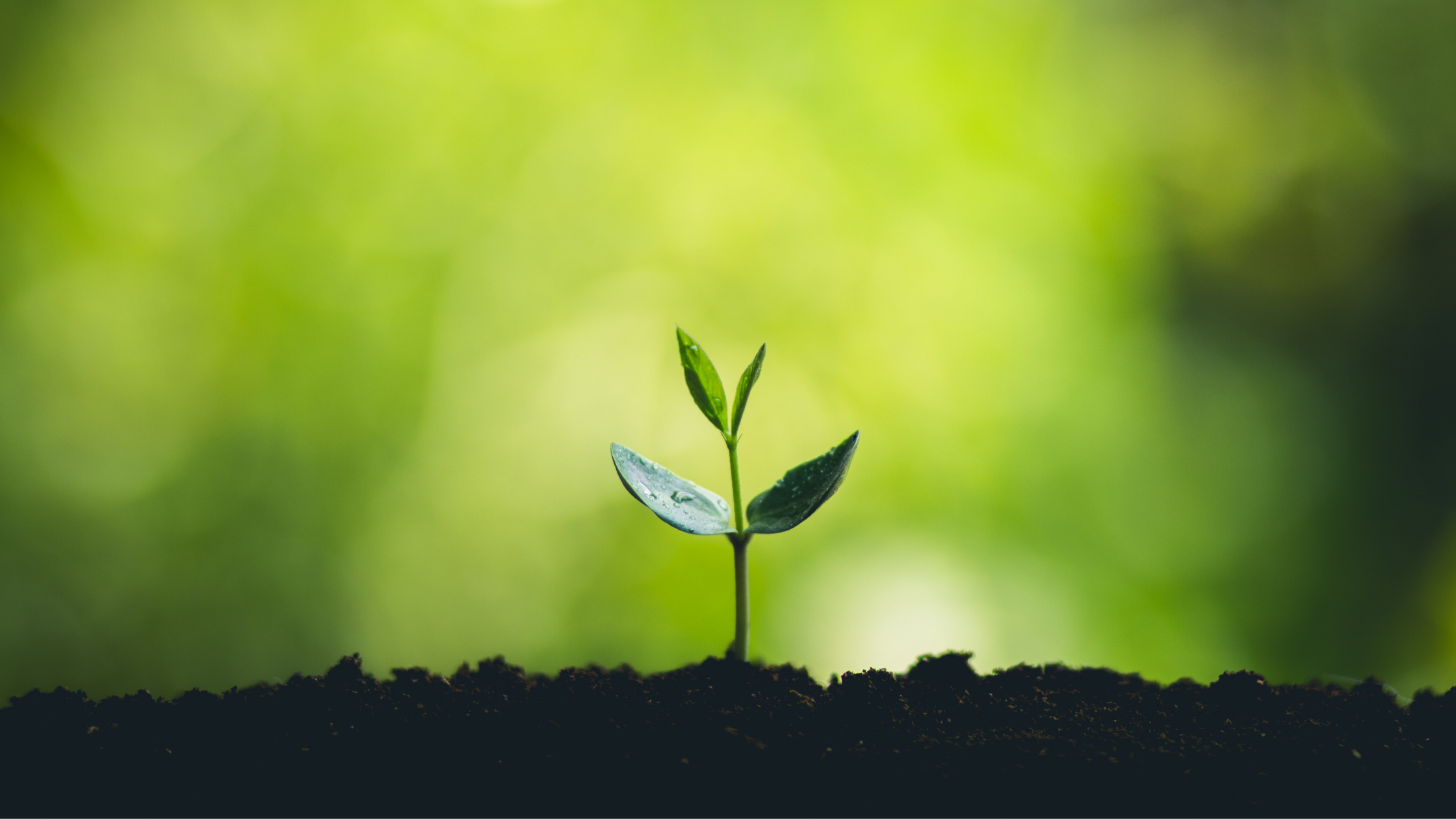THE BIGGEST MYTH AND THE HONEST TRUTH ABOUT MEDITATION
One of the biggest myths about meditation is that the purpose of practice is to experience bliss or to enter ‘nirvana’.
Yes, it’s true that many turn to meditation as a way to calm and steady the mind. As the mind becomes more quiet, physical functions like breathing and heart rate slow; we can begin to move from a state of “fight, flight or freeze” into a more natural resting state of physiological calm. Calming and steadying of the mind can be a helpful result of meditation.
As our body and our minds experience more calm, turbulent emotions can settle. This is healthy because humans, like other mammals, are not equipped to live in a perpetual state of heightened anxiety, vigilance or fear—a state governed by sympathetic nervous system activity.
Meditation is a practical tool that we can use to purposefully transition from heightened stress to live in the more peaceful condition of ‘rest and digest’—governed by the parasympathetic nervous system. But, this is not the purpose of meditation. It’s a very beneficial “side effect”.
Living in a natural state of calm promotes overall health. Many chronic diseases that challenge those in modern society are linked with over-stimulation of the sympathetic nervous system, particularly heart diseases and metabolic disorders.
But what about experiencing bliss?
Practicing meditation can increase calm and even induce momentary feelings of bliss; it can promote overall health, but there are risks to thinking that the purpose of meditation is to achieve a state of perpetual bliss.
Seeking bliss can be another form of escapism, similar to pursuits like binging shows, gaming, drinking, etc. There’s nothing wrong with vegging out, binging shows, gaming or even enjoying a peak “flow” experience while doing a favorite activity. In fact, these can be healthy positive breaks from daily stress.
Negative consequences arise when seeking to escape from life or overwhelming emotions becomes a solution, rather than going through the challenging work of processing unpleasant, negative or deeply tragic experiences.
If these escapes from difficult emotions become addictive and prevent full engagement with the reality of daily living, then another dysfunction can be created.
You may not think it’s possible, but I know people who have struggled with addiction and substance abuse, who actually became addicted to meditation and had to modify their practice into a more healthful, rather than escapist tool.
Meditating and still experiencing “unpleasant” emotions
Another downside to thinking that the purpose of meditation is to create bliss or perpetual calm, is that if you practice meditation and yet still experience anger, anxiety, grief and other “unpleasant” emotions, you may make the incorrect assumption that your meditation practice has failed.
You may feel a sense of disappointment from the time and effort you’ve invested or even judge yourself as inadequate, since you’ve made the false assumption that meditation means you will no longer experience strong negative emotions.
Seeing meditation through a new lens
Here’s how I frame this concept for easy understanding. Meditation is a tool; LIFE is the event.
For example, a well-fitting pair of running shoes are an important tool for the event of running a marathon. The sneakers are a tool to facilitate success; the marathon is the event.
REMEMBER: Meditation is not the point; life is the point—your ability to live a meaningful and fulfilling life that gives you satisfaction, joy and a feeling of accomplishment.
The Bottom Line
The bottom line is that life is never “perfect”—that is, if your idea or expectation of a perfect life is one which doesn’t have any sadness, challenges, hardship or negative experiences.
But life, and in particular, YOUR life, is perfectly imperfect!
Practicing meditation can increase calm and even induce momentary feelings of bliss; it can promote overall health, but there are risks to thinking that the purpose of meditation is to achieve a state of perpetual bliss. Always remember to use Meditation as a tool to create calm and peace in your life rather than a way to escape from the hardships, and emotions of life.
Want to add another tool to your repertoire to strengthen your mindfulness “muscle?” Check out this free resource I created called the Come to Center Guided Journal. With this journal’s unique combination of mindfulness practices and journaling exercises, you can use it at any time to help you move through uncomfortable emotions and into ease.
Visit my YouTube channel to subscribe for more tips. Have you downloaded Your Path to Peace? Go from stressed and anxious to calm and at ease in 5 simple steps. If this post helped you, please share with friends now, by using the buttons below. Thanks!


